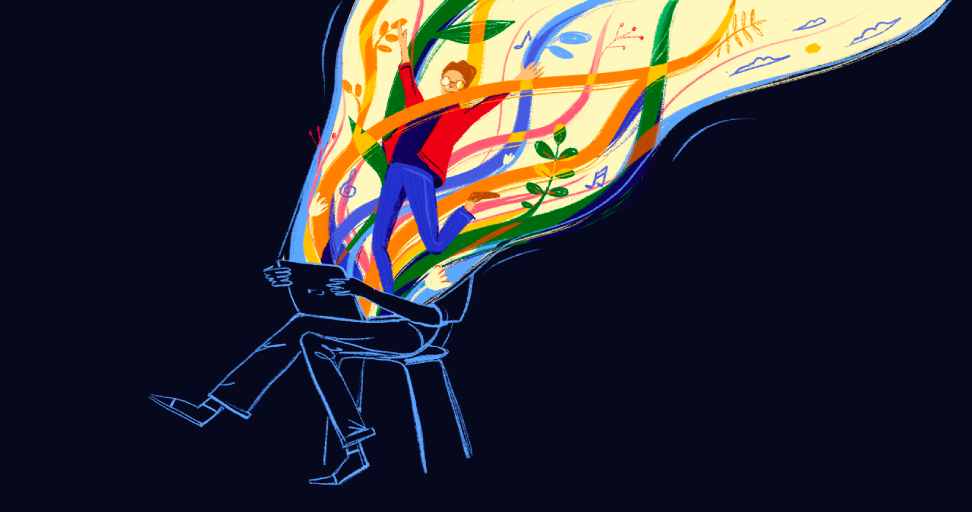Alphaexch247, Kabook Login, VL Book: User behavior plays a crucial role in the success of any product or service. By studying how users interact with a system, designers can gain valuable insights into their needs, preferences, and pain points. This understanding allows for the creation of more intuitive and user-friendly experiences that cater to the users� expectations and habits.
Factors such as demographics, past experiences, and cultural backgrounds influence how users navigate through a website or app. By taking these nuances into account, designers can tailor the user experience to better suit the target audience. Ultimately, a deep understanding of user behavior can lead to increased engagement, satisfaction, and loyalty towards a product.
� User behavior is a key factor in the success of products and services
� Studying user interactions provides insights into needs, preferences, and pain points
� Designing intuitive experiences based on user habits can improve satisfaction
� Factors like demographics and cultural backgrounds influence how users navigate systems
� Tailoring user experiences to target audiences can increase engagement and loyalty
Cognitive Load in UX Design
Cognitive load plays a pivotal role in the effectiveness of UX design. It refers to the amount of mental effort required to use a product or navigate a website. Designers must strive to keep cognitive load to a minimum to ensure users can easily comprehend information and complete tasks without feeling overwhelmed.
When users are confronted with excessive cognitive load, it can lead to frustration and dissatisfaction. By simplifying the design, organizing information logically, and reducing unnecessary elements, designers can help users focus their attention on the key aspects of the interface. This streamlined approach not only enhances the user experience but also increases the likelihood of users returning to the product or website.
Emotional Design Principles
Tigerexch247, GX247, Mglionbet: Emotional design principles play a key role in creating engaging and memorable user experiences. By incorporating elements that evoke emotions such as joy, surprise, or nostalgia, designers can establish a deeper connection with users. Emotions have the power to influence decision-making and enhance user satisfaction, making it essential to consider emotional design in the UX process.
Designers can leverage color psychology, typography choices, and visual hierarchy to evoke specific emotions in users. Implementing a well-thought-out color scheme that resonates with the target audience can elicit desired emotional responses. Similarly, using typography that conveys a sense of trustworthiness or playfulness can further enhance the emotional impact of the design. By strategically combining these elements, designers can create a cohesive and emotionally compelling user experience.
What is emotional design?
Emotional design is the practice of designing products, services, or experiences with the goal of evoking specific emotional responses from users.
How does understanding user behavior play a role in emotional design?
Understanding user behavior allows designers to create experiences that resonate with users on an emotional level, leading to increased user engagement and satisfaction.
What is cognitive load in UX design?
Cognitive load refers to the amount of mental effort and capacity required for a user to complete a task or interact with a product. In UX design, reducing cognitive load can lead to a more seamless and enjoyable user experience.
What are some emotional design principles to consider in UX design?
Some emotional design principles include creating a visually appealing and intuitive interface, incorporating elements that evoke positive emotions, and designing with empathy for the user’s needs and preferences.
Have A Look :-
- Fun Things To Do In Birmingham
- Get To Know About Semana Santa
- The Top 5 Hotels In Fort Lauderdale To Consider

